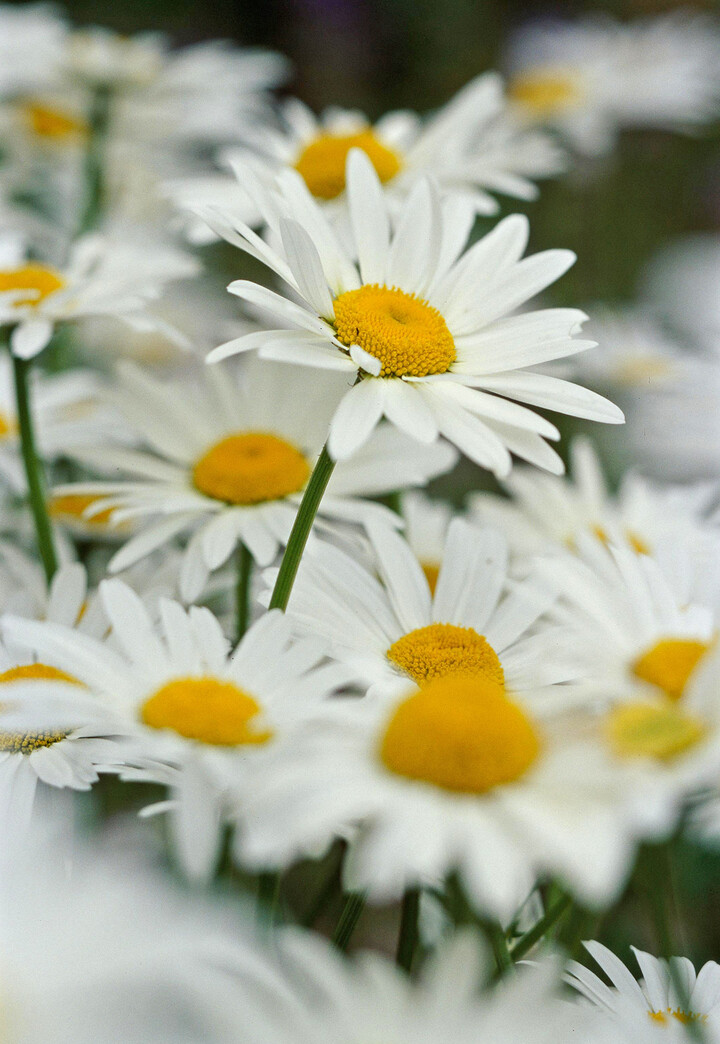Exuding freshness, happiness, and innocence, daisies are one of the most well-known flowers around the world where they brighten up wild fields and cultivated landscapes alike. When you think of daisies, you might picture the classic white petals ringed around a bright yellow center. There're often the ones we use to play "he loves me, he loves me not" by plucking off one petal at a time. But there are many other types of flowers that go by the same name (think Gerbera daisy or English daisy) that can bring more colors and shapes into your yard or vase. Most types of daisies begin blooming in early summer and keep on going through the fall. Here are five more fascinating facts about daisies.

1. You Can Find Daisies Growing Everywhere
Though they originated in Europe and temperate regions of Asia, daisies eventually were introduced to Australia and North America. They're now found on every continent except for Antarctica. Their abundance is also partially due to their adaptive nature. Daisies can thrive in both wet and dry climates, and sunny or shady areas. They can grow high in the mountains or in flat, grassy fields. Basically, daisies are botanical chameleons. Daisies are related to sunflowers, so they grow in similar habitats to their larger yellow cousins.
2. Their Name Is Meaningful
The name "daisy" originates from the Old English phrase "Daes eage," which means "day's eye." This name reflects how these flowers close their petals in the evening and reopen them come morning. Daisies truly are some of the first eyes to open to the morning sun each day.
3. Daisies Have More Uses Than Just Looking Pretty
Of course, daisies add texture and color to backyard landscaping and make a lovely addition to tabletop bouquets. But daisies also can be used for much more than just their good looks. Firstly, you can eat daisies! Next time you're looking for a unique (and pretty) garnish for your salad, pluck some daisies from your yard and sprinkle them on top. Daisies are actually closely related to artichokes, and they're a great source of vitamin C, so eat up. Also, daisies have lots of medicinal properties. They're known to slow bleeding, relieve indigestion, and soothe coughs.
4. Bees and Other Pollinators Love Daisies
Bees have a thing for daisies. Shasta daisies specifically are one of their favorite flowers to pollinate. The flat shape of the flowers are especially attractive to bees because there's plenty of room to land on the yellow center to collect pollen and nectar. Also, that center actually contains hundreds of smaller flowers that combine to create a cluster called an inflorescence. Bees can efficiently collect a lot of food from one landing this way.
5. Daisies Are Symbolic
As a plant, daisies symbolize innocence, purity, loyalty, patience, and simplicity. The classic white daisy is associated with humility, and the more rare blue Marguerite daisy hints at openness and peace. A bouquet of daisies can be the perfect gesture for many different occasions, depending on which color you choose. Along with their color being symbolic, daisy is the birth month flower for April.
